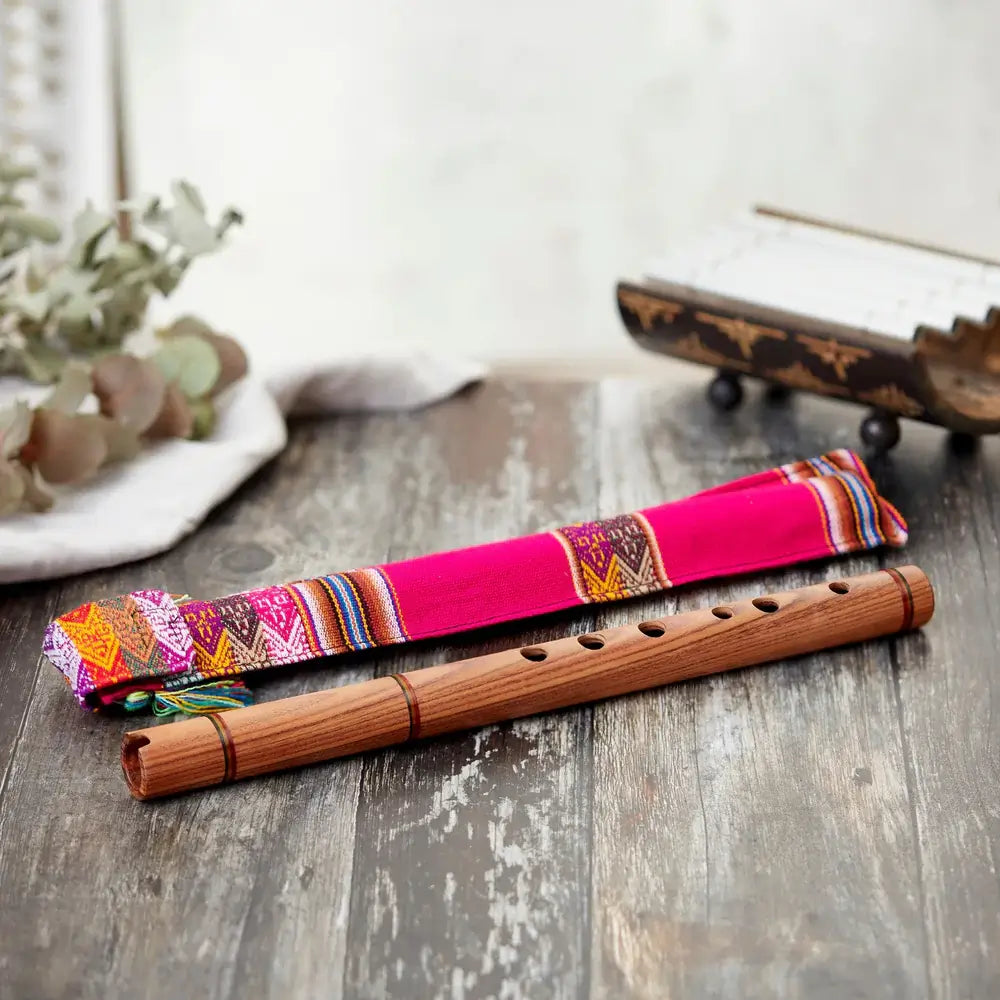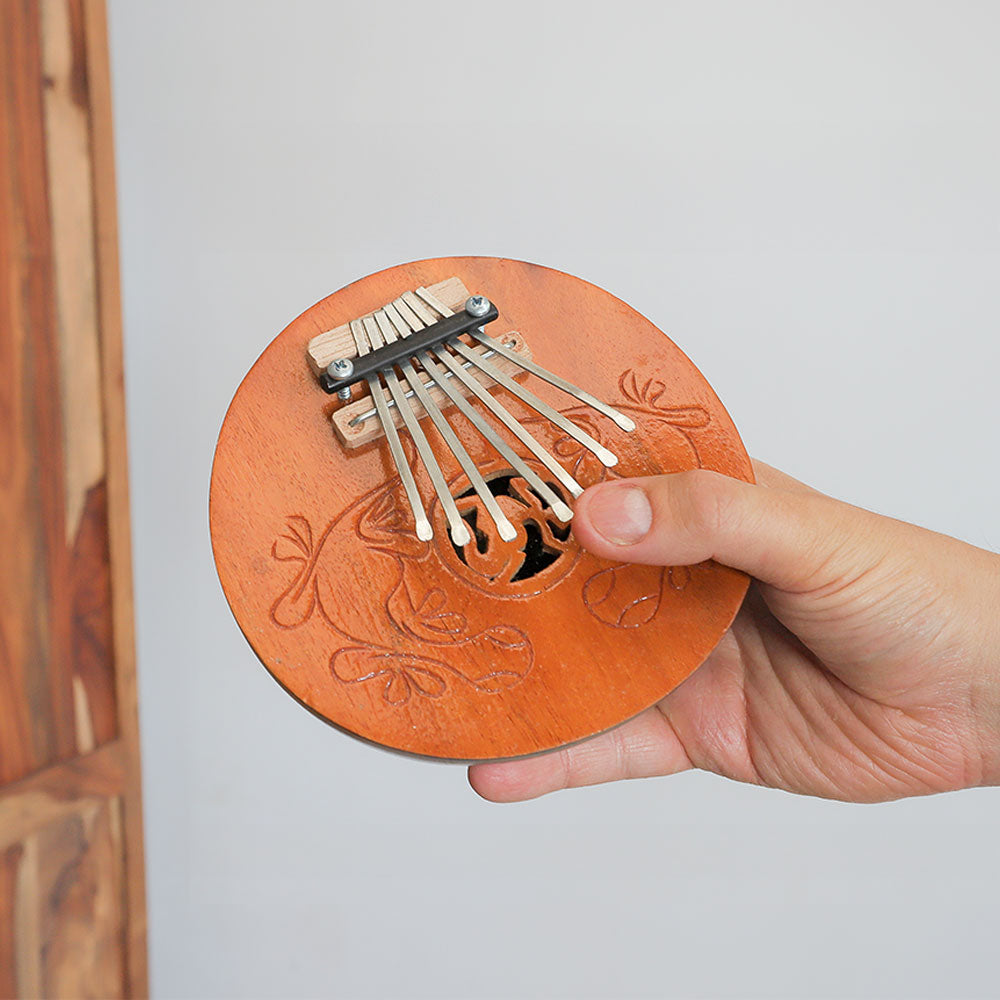Keeping your guitar in tune is one of the most important skills for beginners — but also one of the most confusing. What is the most important thing to keep your guitar strings at the correct pitch? Don't stress out; it's alright if you don't. That's why we're here to give you all the necessary information.
The tuning pegs, also called machine heads, are essential for tuning your guitar strings. They allow you to create beautiful melodies and chords, but for beginners these seemingly simple knobs can pose a bit of a challenge. Don't worry — this guide will give you all the knowledge you need to confidently adjust your guitar tuning pegs and keep your instrument sounding great.
Tuning Pegs - A Breakdown of the Parts

Before we get into the how-to, here’s a quick look at a tuning peg’s basic parts. Most guitars have six tuning pegs, one for each string. The post is the metal rod the string wraps around, and the gear works with the worm gear to create tension as the peg turns. The worm gear connects to the peg button, which you use to raise or lower the pitch. The string hole at the top of the post is where the string is inserted and wound.
The Different Ways of Adjusting Your Pegs
Now that you know the parts, here's a step-by-step guide to adjusting your tuning pegs. First, identify the string you want to adjust, following the standard E-A-D-G-B-E tuning order or using a reference like an electronic tuner or tuning app. Determine if the string is too sharp (high-pitched) or too flat (low-pitched); turn the peg clockwise to raise the pitch and counterclockwise to lower it.
Make minor adjustments—a quarter turn can significantly change the pitch—and re-tune gradually to avoid overshooting. Use your ear or a tuning reference to aim for a clear, buzzing-free sound. For new strings, stretch them by playing and re-tuning multiple times until they hold their pitch.
Tuning Tips for Common Problems

If a string keeps slipping, check for old or damaged strings and ensure 2-3 secure wraps around the post. Replace excessively frayed strings if needed. If a peg feels stiff, apply a small amount of guitar tuner lubricant (avoid petroleum-based products).
Loose pegs that won’t hold tension may indicate damaged gears or mechanisms, requiring a guitar technician’s help. Strings that won’t stay in tune could result from a worn or improperly slotted nut or an unsecured bridge. For persistent tuning issues, consulting a qualified guitar technician is recommended.
Maintenance Tips for Your Guitar
Avoid over-tightening — add just enough tension for proper pitch, as too much force can damage the gears. If a peg feels stiff, use a small amount of silicone-based tuner lubricant (never WD-40). Apply a tiny drop to the worm gear and where the post meets the bushing. Store your guitar in a cool, dry case to prevent tuning issues, and if the pegs are loose, broken, or not holding tension, seek help from a guitar technician.
Additional Techniques and Pro Tips

Now that you know the basics, here are additional techniques to improve your tuning: Use fine-tuning by making minor adjustments and allowing string vibrations to settle before further tuning. Mute other strings while tuning to eliminate noise by lightly resting your fingers on their frets. Develop a routine by tuning strings in order, starting with the thickest (low E) to the thinnest (high E) for accuracy.
Explore alternative methods like tuning by ear using a reference pitch or harmonic tuning, which matches string harmonics to desired notes. Always stretch strings gently, even after the initial stretch, to help them settle and reduce re-tuning. With patience and practice, tuning will become second nature, boosting confidence and efficiency.
Frequently Asked Questions
How do I know if my guitar tuning pegs are working correctly?
If your guitar stays in tune for a reasonable amount of time and the pegs turn smoothly without excessive slack, they are likely working correctly. If they feel loose or stiff, they may need adjustment or lubrication.
Why do my guitar strings keep going out of tune?
This could be due to old strings, improperly wound strings, a worn nut, or tuning pegs that are too loose or damaged. Make sure your strings are properly stretched and your pegs are in good condition.
How can I make tuning pegs easier to turn?
If your tuning pegs feel stiff, applying a small amount of silicone-based lubricant can help. Regular maintenance, like cleaning and tightening screws, can also keep them working smoothly.
What causes my guitar tuning pegs to slip?
Tuning pegs can slip if the strings aren't wrapped properly around the post, if they're too old, or if the tuning peg gears are damaged. Ensure you have 2-3 wraps around the peg and replace any frayed strings.
How can I tune my guitar more accurately?
Use an electronic tuner for precision, make small adjustments to avoid overshooting, and mute the other strings while tuning to reduce interference. Tuning in the correct order (low E to high E) also helps maintain accuracy.
Next Steps for Beginners
Once you understand how to tune your guitar and care for your tuning pegs, the next step is learning how to play cleanly and confidently. Getting the basics right early will make learning easier and help you avoid bad habits.
Want to Learn Guitar the Right Way From the Start?
If tuning and maintenance feel confusing, don’t worry — every beginner feels the same at first. The Complete Guitar Player eBook teaches you the essential basics: tuning, posture, chords, strumming patterns, scales, rhythm, and 15 playable songs to help you progress with confidence. It’s a simple, step-by-step guide designed specifically for beginners who want to build real technique from day one.








